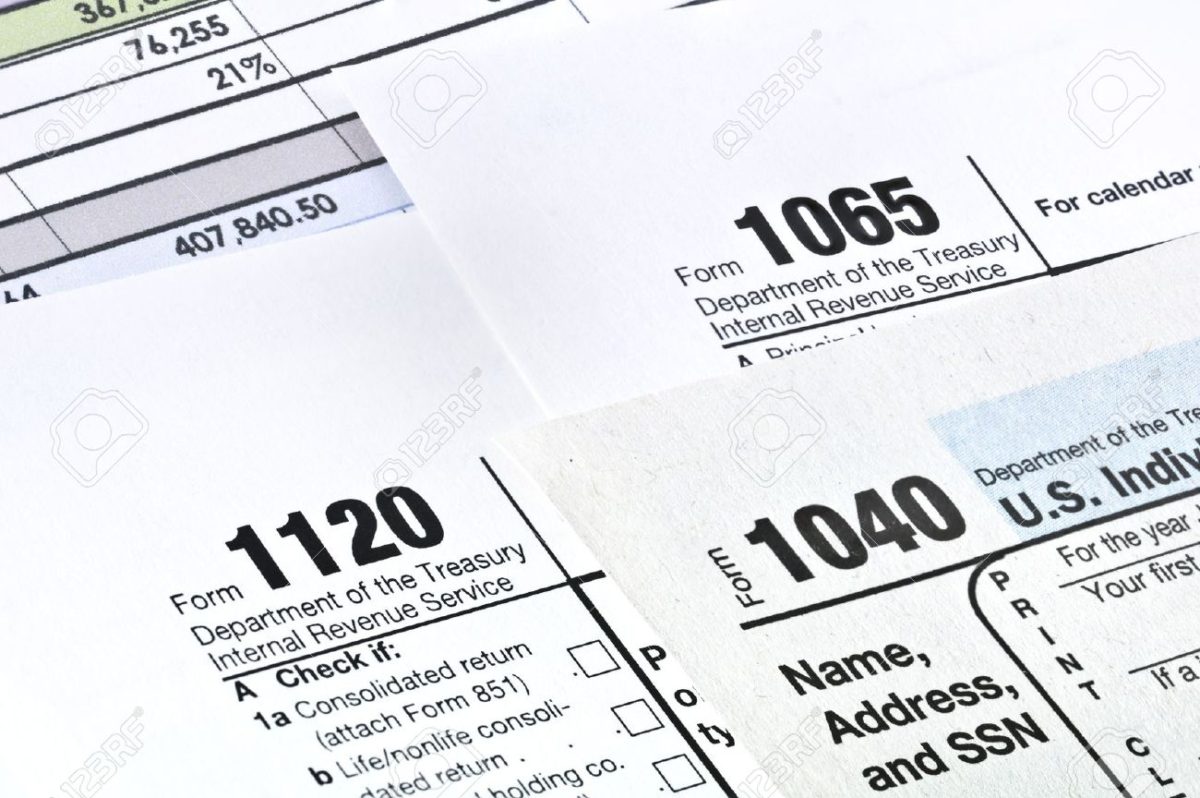The 2017 Tax Season began yesterday. Here are some of the key facts that every individual and business tax payer should be aware of:
- Tax season opened on January 23, 2017.This means that all returns will now be accepted by IRS. Any returns prepared prior to this date could not be e-filed as the IRS’ system was not open.
- Taxpayers have a few extra days to file their 2016 returns this year.Similar to last year, the due date to file your Federal income tax return is April 18 and not April 15 as it usually is. The change in due date was brought about because April 15, 2017 falls on a Saturday which would normally result in a move to the following Monday (April 17, 2017). However, this year, Emancipation Day (which is a legal holiday in the District of Columbia) falls on Monday, April 17, therefore the tax filing deadline will be pushed back for all individual taxpayers to Tuesday, April 18, 2017. However even with these few extra days, avoid the temptation to procrastinate.
- Some taxpayers will have their tax refunds delayed.A new law requires the IRS to hold refunds tied to the Earned Income Tax Credit (EITC) and the Additional Child Tax Credit (ACTC) until February 15. The hold allows IRS to match information from forms W-2 and 1099 with information reported on tax returns. In prior years, refunds could be issued before forms were matched which increased the likelihood of fraud. The hold, together with bank processing times and bank holidays, means that taxpayers should not count on seeing those tax refunds until the week of February 27.
- You will need an appointment for in-person tax assistance from the IRS. If you decide to prepare your own Federal Tax return and need assistance from the IRS, you will need an appointment for in-person tax help at all IRS Taxpayer Assistance Centers (TAC). In previous years, assistance was offered on a first come, first serve basis.
- The IRS anticipates issuing more than 9 out of 10 taxpayer refunds in less than 21 days.The “Where’s My Refund?” tool is available on IRS.gov and mobile (the IRS2Go app, available through Google Play, the Apple Store, and Amazon) and is the best way to check the status of a refund. You can begin checking the status of your refund within 24 hours after the IRS has received your e-filed tax return or four weeks after mailing your paper return.
- Anyone who prepares federal tax returns for compensation must have a valid 2017 PTIN.PTINs don’t last forever: they must be renewed each year. Without a current PTIN, a tax preparer is not allowed to prepare your return.
- Modest changes to certain thresholds:
- The personal exemption amount increased by $50 to $4,050.
- The standard deduction for those filing as head of household increased by $50 to $9,300.
- The maximum earned income credit for families with three or more children increased by $27 to $6,269. Those for smaller families saw more modest increases.
- Tax bracket income levels rose very slightly, by not quite 0.5 percent compared to what the 2015 tax brackets looked like.
- Retirement account contribution limits remain unchanged from the prior year.
- IRA contribution maximums remained at $5,500, with the same $1,000 catch-up contribution available for those 50 or older.
401(k) employee contribution maximums also stayed the same, at $18,000 for those under 50 and $24,000 for older participants.


Leave a Reply